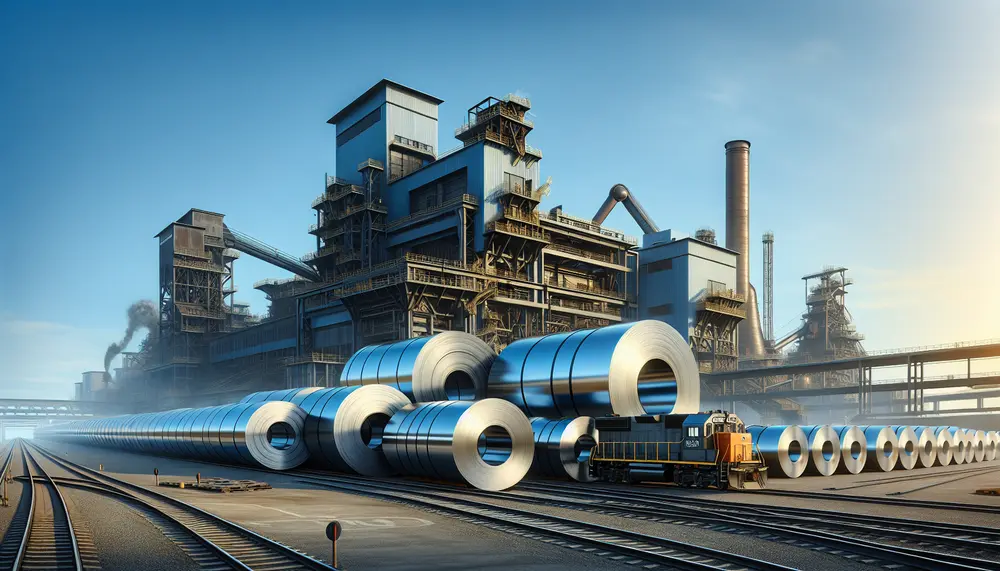Grate
Grate
In der Welt der Stahlproduktion und des Stahlhandels gibt es viele Begriffe, die für Anfänger verwirrend sein können. Ein solcher Begriff ist Grate. Sie hören den Begriff oft, wissen aber nicht, was er bedeutet? Dann sind Sie hier richtig.
Grate: eine Grundlage
Verwenden wir das Wort "Grate", sprechen wir über Rückstände, die sich bei der Bearbeitung von Stahl bilden. Beim Schneiden, Bohren oder Fräsen von Stahl entstehen kleine, scharfkantige Metallpartikel. Wir nennen diese Partikel "Grate". Der Prozess, diese unerwünschten Partikel zu entfernen, nennt man "Entgraten". Durch das Entgraten erreichen wir glatte, sichere und fertigungsgerechte Metallteile.
Warum ist das Entgraten wichtig?
Das Entfernen der Grate ist aus mehreren Gründen wichtig. Erstens können diese Grate sehr scharf sein und somit Verletzungsgefahren darstellen. Zweitens können sie die Qualität des Produkts beeinträchtigen, da sie die Verbindung oder Passform von Teilen stören können. Drittens, wenn Grate nicht entfernt werden, können sie durch ständige Reibung und Vibration zu Rissen führen. Daher ist das Entgraten ein wichtiger Prozess in der Stahlproduktion und im Stahlhandel.
Grate und die Stahlindustrie
In der Stahlindustrie sind Grate ein unvermeidliches Nebenprodukt fast jeder Bearbeitung. Durch das Entgraten werden nicht nur die Qualitätsstandards eingehalten, sondern auch die Sicherheit am Arbeitsplatz verbessert. Es gibt viele Techniken zum Entgraten, von handgeführten Werkzeugen bis zu automatisierten Maschinen. Die Wahl der Methode hängt von der Größe und Komplexität des Metallteils ab.
Zusammenfassung
Kurz gesagt: Grate sind kleine, scharfkantige Metallpartikel, die sich bei der Bearbeitung von Stahl bilden. Das Entfernen dieser Grate durch ein Verfahren namens "Entgraten" ist ein wichtiger Teil der Stahlproduktion und des Stahlhandels. Es sorgt für die Qualität der Stahlprodukte und die Sicherheit der Arbeiter.
Blog Posts with the term: Grate
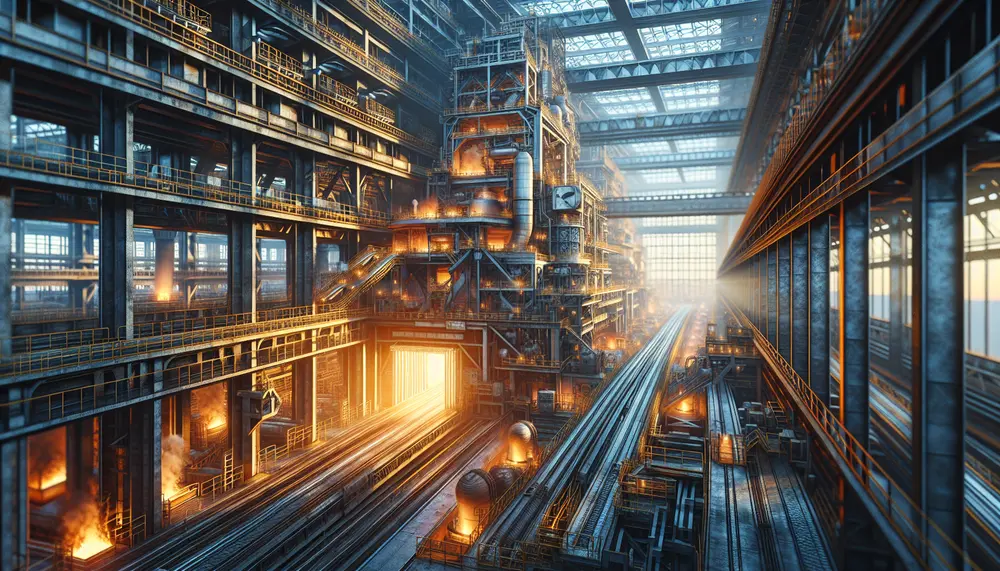
Steel making is a sophisticated process that turns iron ore into steel, involving methods like the Blast Furnace and Electric Arc Furnace to produce various grades of steel. The industry emphasizes sustainability by using additives and recycled materials while ensuring...
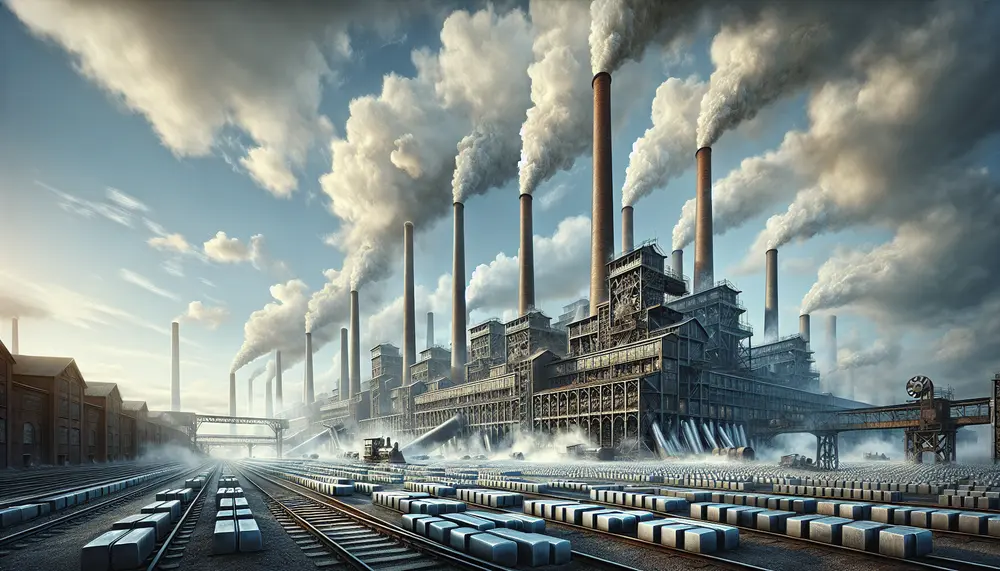
Steel production is vital in Anno 1800, requiring a strategic layout of mines and factories to efficiently transform iron ore into steel beams and weapons. Optimizing the placement and synchronization of these facilities ensures a smooth industrial operation essential for...
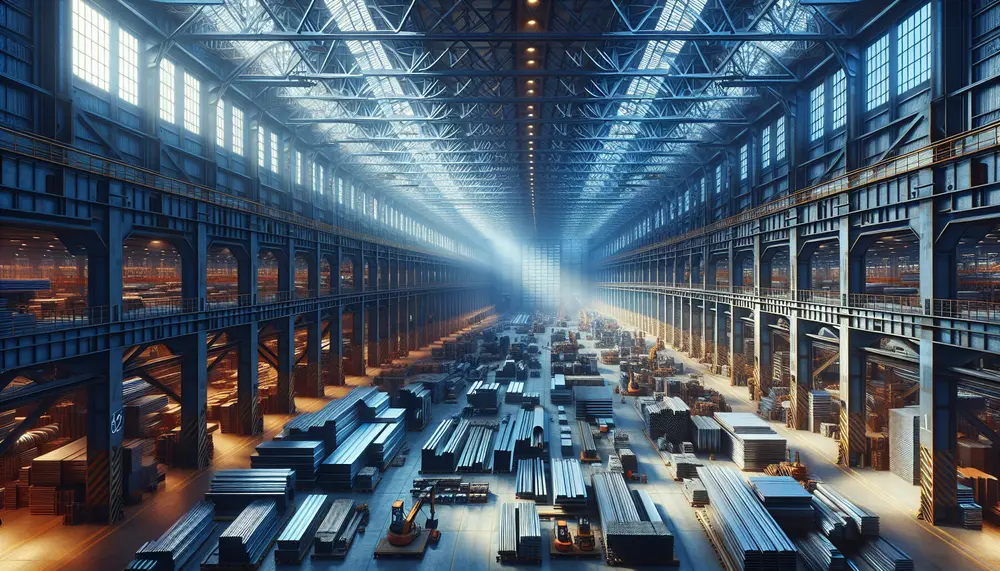
Nigeria's steel production industry is crucial for its industrial development, with potential to become a major producer due to iron ore deposits. However, the sector faces challenges such as small-scale operations and requires strategic solutions for sustainable growth. The evolution...
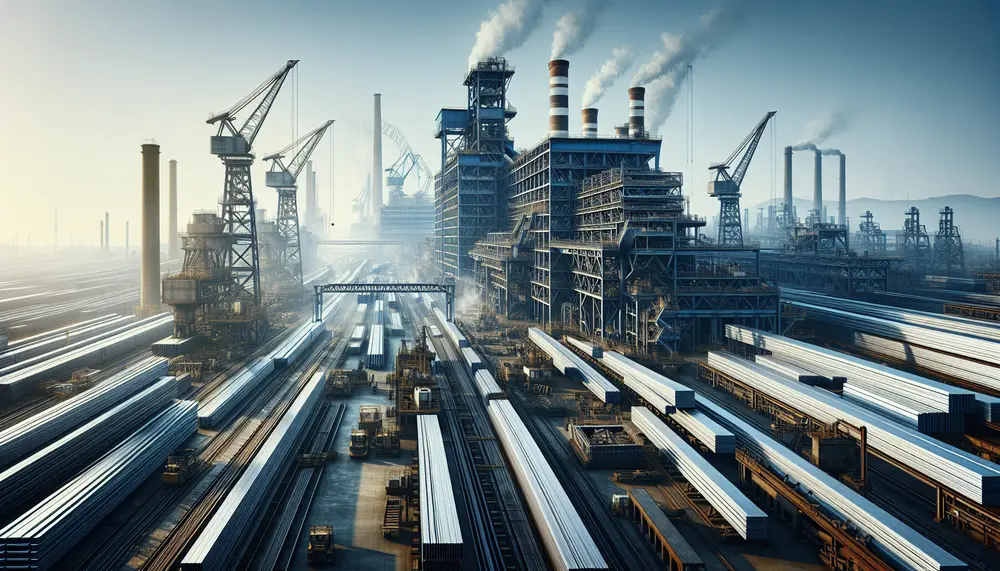
The African steel industry is growing and diverse, with varying levels of resource availability and technological sophistication across countries. It plays a crucial economic role by stimulating growth in other sectors, creating jobs, contributing to GDP, reducing import dependency, and...
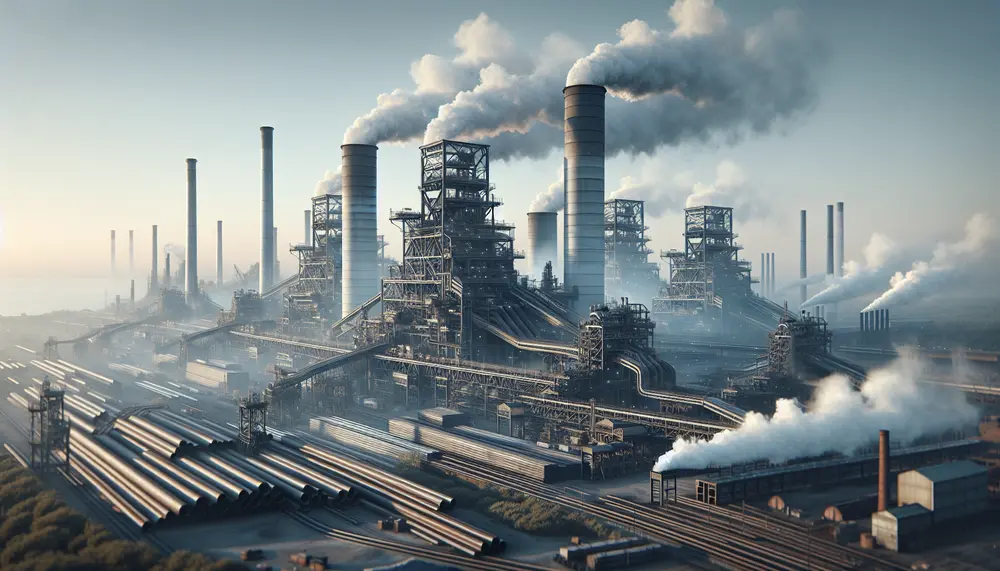
Steel production in France has grown due to technological advancements, increased demand, and strategic investments despite challenges like environmental regulations and market volatility. The industry's history shows a pattern of expansion post-WWII, peak production in the 1970s, followed by decline...
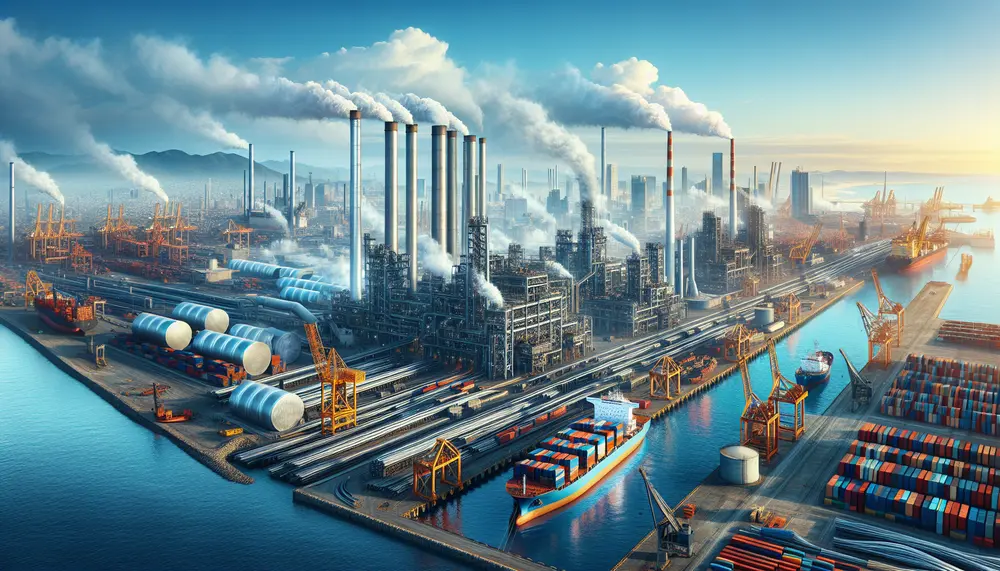
Mexico's steel industry has grown significantly due to rich resources, strategic location, skilled workforce, and modern technology. Challenges include high energy costs, competition from lower-cost countries, price fluctuations, and environmental concerns....
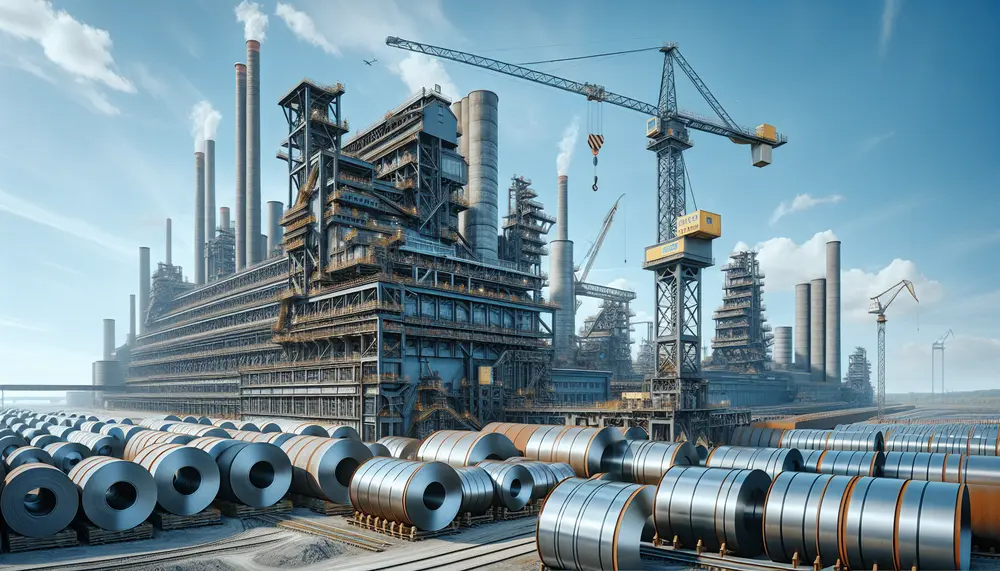
The steel industry in the Netherlands is integral to its economy, known for innovation and sustainability, with a focus on high-grade production used across various sectors. The Dutch sector's evolution has been shaped by historical shifts and strategic investments like...
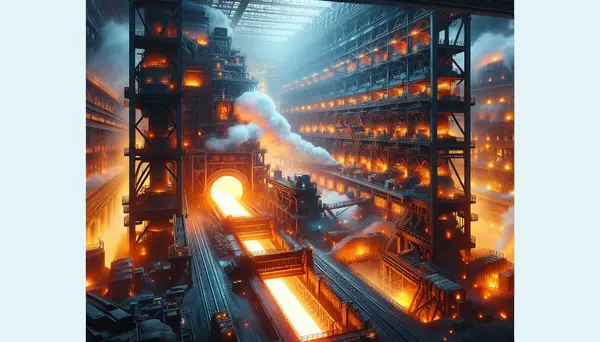
Steel, an alloy primarily composed of iron and carbon, is a crucial material in modern construction and manufacturing due to its strength, flexibility, and durability. The process of making steel involves extracting iron ore, purifying it through beneficiation processes, smelting...
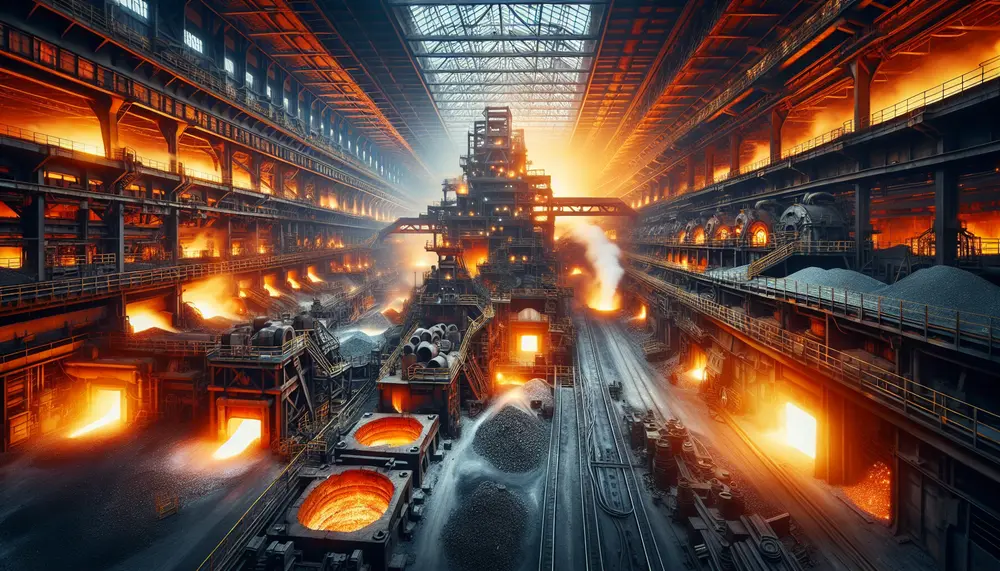
The Bessemer process, developed by Henry Bessemer in the 1850s, revolutionized steel production by efficiently removing impurities from molten pig iron using blown air and enabling mass production. This innovation significantly reduced costs and time for steel manufacturing, facilitating industrial...
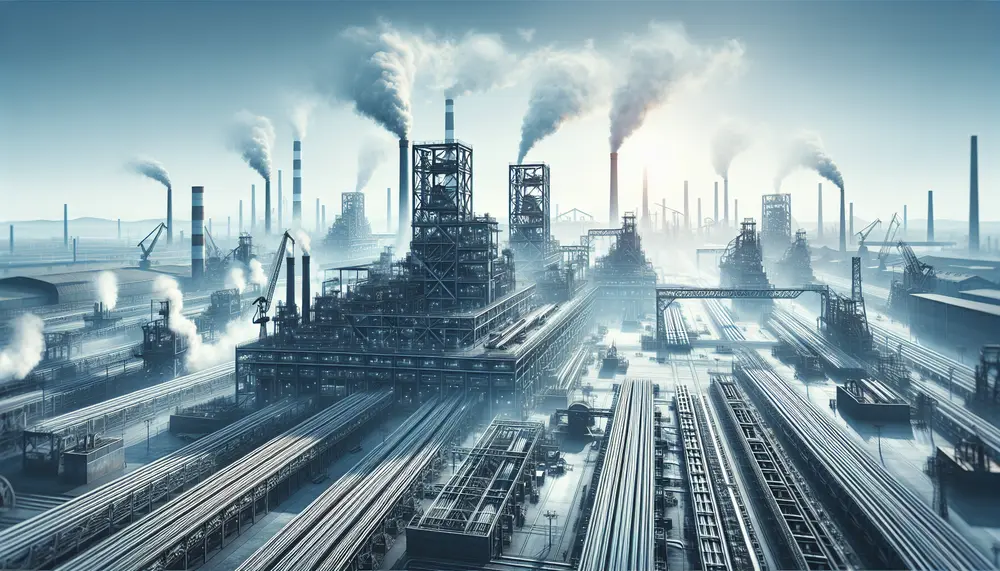
Steel production in the United States varies by state, reflecting unique resources, workforce skills, and industrial strategies; key states like Indiana, Pennsylvania, Texas, and Ohio lead due to factors such as natural resource availability and technological innovation. Mini-mills have revolutionized...
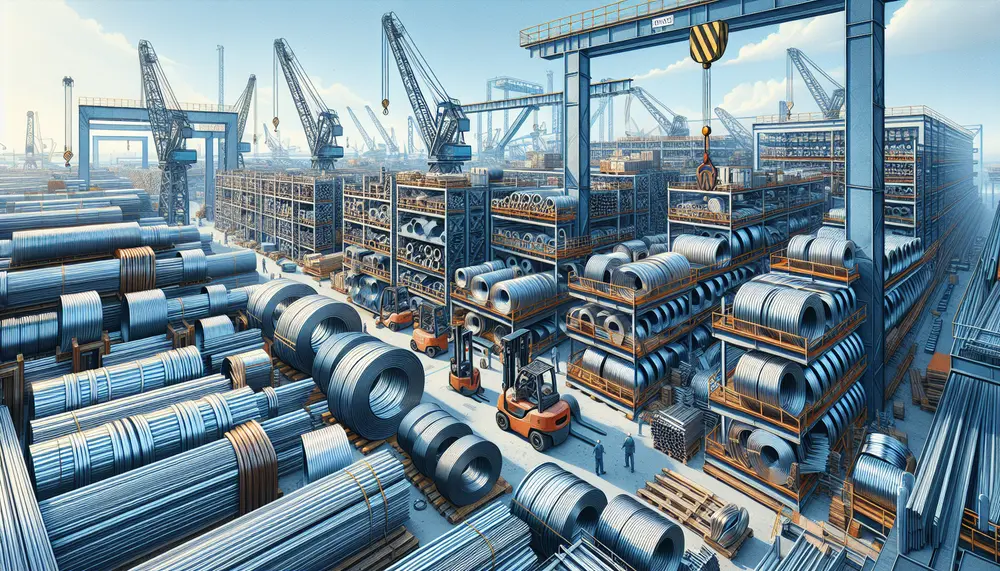
The global steel industry is a critical component of modern infrastructure and economic growth, with production levels indicative of a country's development stage. China dominates the market as the largest producer, while other key nations like Japan, Germany, and India...
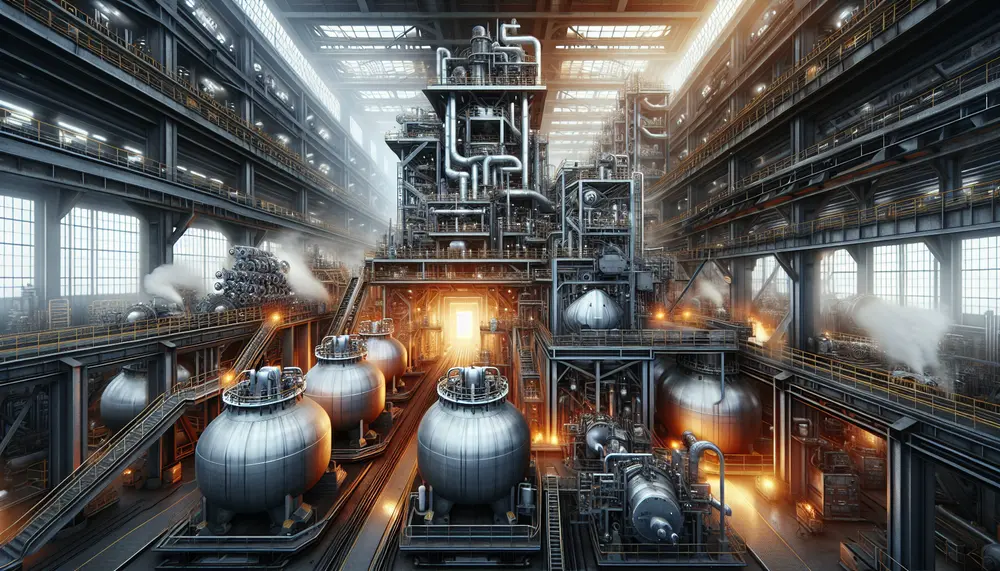
The Argon Oxygen Decarburization (AOD) process is a secondary steel making method that refines the composition of steel by reducing carbon content, using oxygen and inert gases like argon for controlled reactions. This technology allows for high-quality alloy production with...
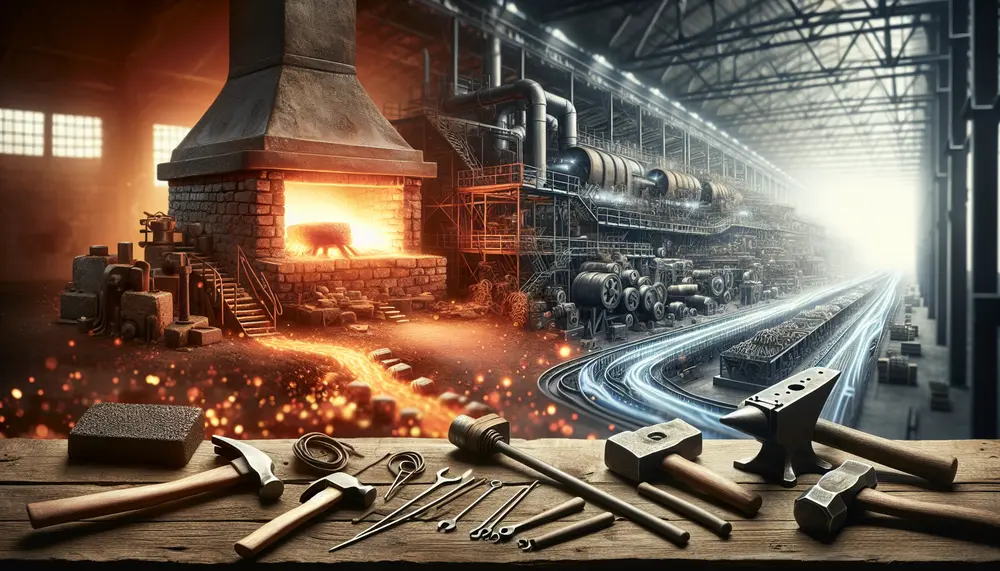
Steel's origins trace back to meteoric iron and evolved with human discovery of smelting around 2500 BCE, leading from the Bronze Age into the Iron Age. The Bessemer Process in the mid-19th century revolutionized steel production, enabling mass production and...
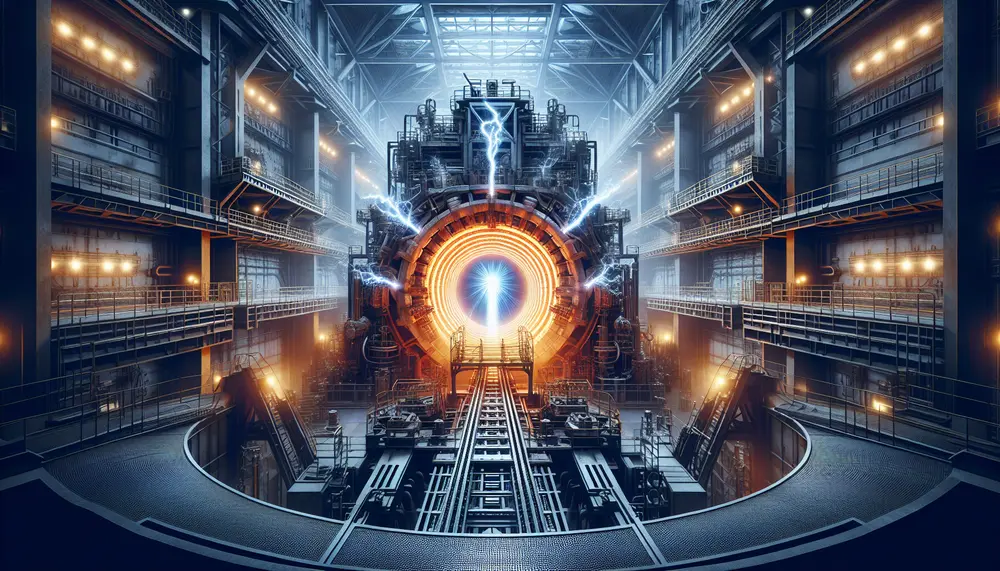
The electric arc furnace (EAF) revolutionizes steel making by melting recycled scrap with high-power electric arcs, offering a more environmentally friendly alternative to traditional blast furnaces. EAFs provide flexibility in production, reduce greenhouse gas emissions and energy consumption, and allow...

